3 Examples of Ride-Sharing Customer Referral Programs
Ride-Sharing apps are no strangers to world of referral programs. They’re leading the way in the sharing economy and injecting life into the local economy. Harnessing the power of word-of-mouth is crucial for the success of these companies. Check out how they approach building their referral programs after the jump.
Uber
The market-leading ride-sharing service that is taking the world by storm. Their cars are rolling in over 45 countries around the globe and showing no signs of slowing down.
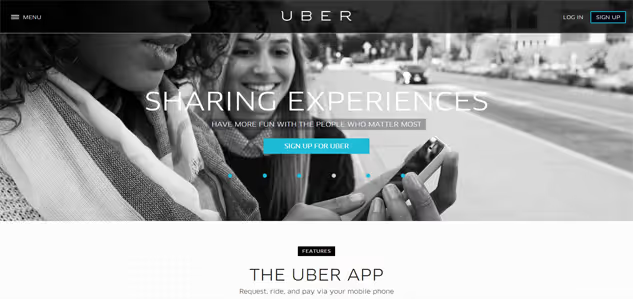
Referral Program
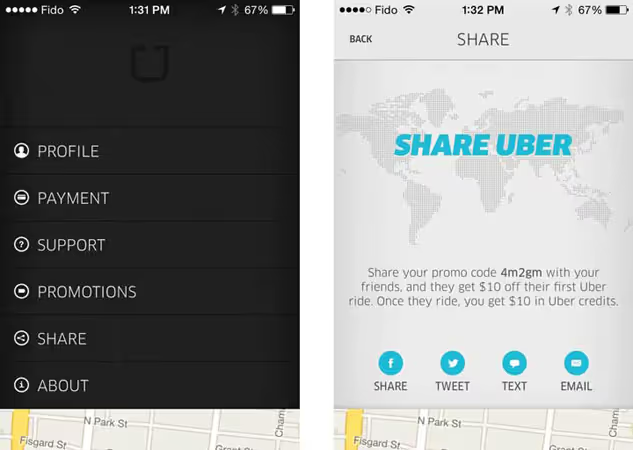
The Offer: A double-sided incentive with a $10 credit given to both parties. We’re big fans of the offer Uber makes to their users, they understand they need to recruit new users and also keep their existing users engaged so their app becomes a part of their daily life.
A critical factor in the success of referral programs is giving out the right reward to both parties. This helps the user feel like they’re sending their friend a deal and not just asking to earn a commission off their friend.
The Experience: Another great example here is where Uber places their referral program. It’s right in the main app navigation which helps drive more users to the campaign.
Program placement is another key factor in the success of a referral program. It’s just like any other marketing campaign if you increase the amount of impressions to a campaign you’ll see lifts throughout the conversion funnel.
Lyft
A peer-to-peer ride-sharing system that connects passengers who need a ride to drivers who have a car. Drivers put a pink mustache on their car and can be seen in over 60 cities across the USA.
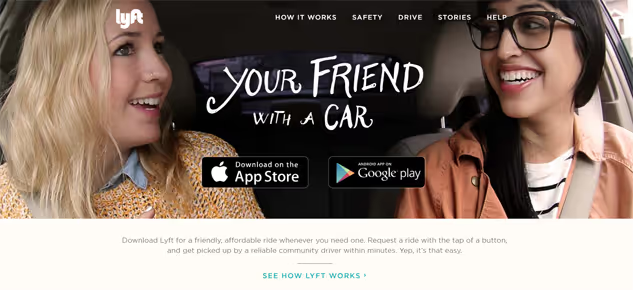
Referral Program
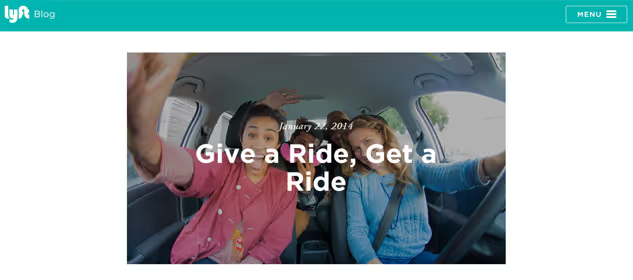
The Announcement: Lyft announced their referral program with a blog post a great way to let users know they can get rewarded for making referrals.
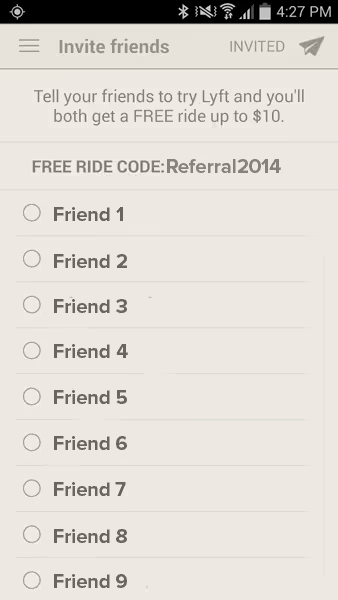
The offer: Lyft gives out a generous $25 credit to both users in their program. That’s $15 more than the Uber referral program! A definite sign that the ride-sharing wars are heating up.
This is a great reward design for Lyft as it increases the motivation for their users to make referrals and will no doubt increase overall referral conversions for Lyft as they continue to grab market share from Uber.
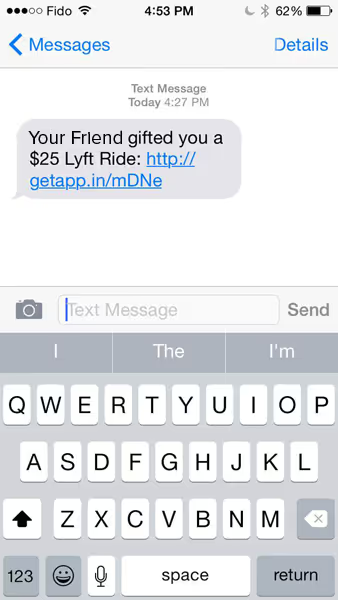
The Experience: Within the app the sharing is within the main navigation bar which we talked about previously is a huge factor if you want to see results from your referral program. The program also automatically pulls your contact list so you can make one-tap invites to your friend.
This tactic can definitely increase the number of invites your users send out, but be careful as this can easily become a viral ‘oops’tactic. This potentially can frustrate users if they accidentally send out invites to their friends.
Always keep in mind that the user is doing you a favor by making a referral, don’t alienate them and trick them into making a referral.
GetAround
A mobile application and a peer-to-peer car sharing marketplace that enables car owners to rent out their cars. Available in 5 major cities in the USA.
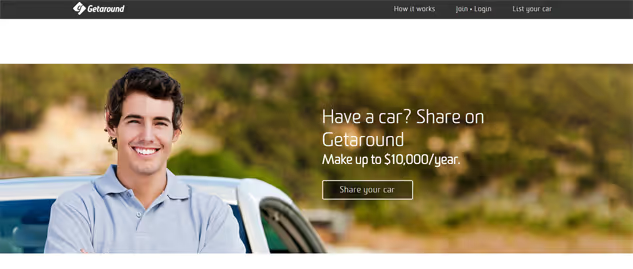
Referral Program
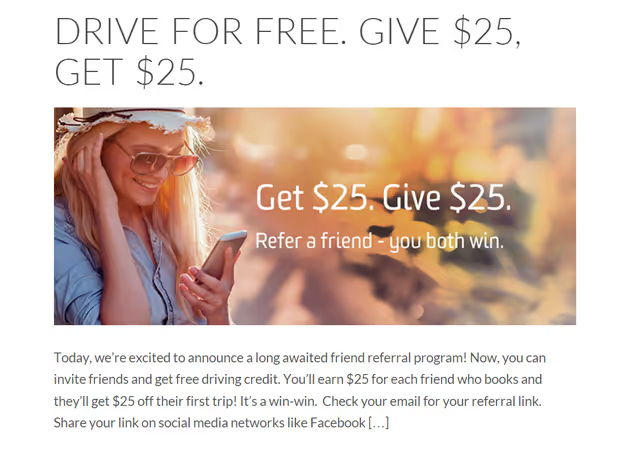
The Announcement: GetAround launched their referral program by emailing each of their users and giving them their unique referral code. As well as writing a blog post that can help users that not only read the blog, but with program visibility for users searching for the referral program on their browser.
The Offer: GetAround takes a page out of the Lyft playbook and also gives out $25 to both parties in their referral program. Another sign that new ride-sharing apps are willing to spend more per referral invite.
This makes me curious about the overall user lifetime value these companies are getting from these referrals. Can they afford to spend more than $25 for new user acquisition? Do users who make referrals stick around longer?
TL;DR
These companies show us that when growing a ride-sharing app these companies think about how they can increase the natural word of mouth they receive.
Their referral programs are well-implemented campaigns that give out double-sided rewards and follow strong user experience principles.
Clearly, these teams weren’t looking to bolt-on a referral program they knew from the beginning that they had to dedicate resources and understand their users’ motivation for making a referral.